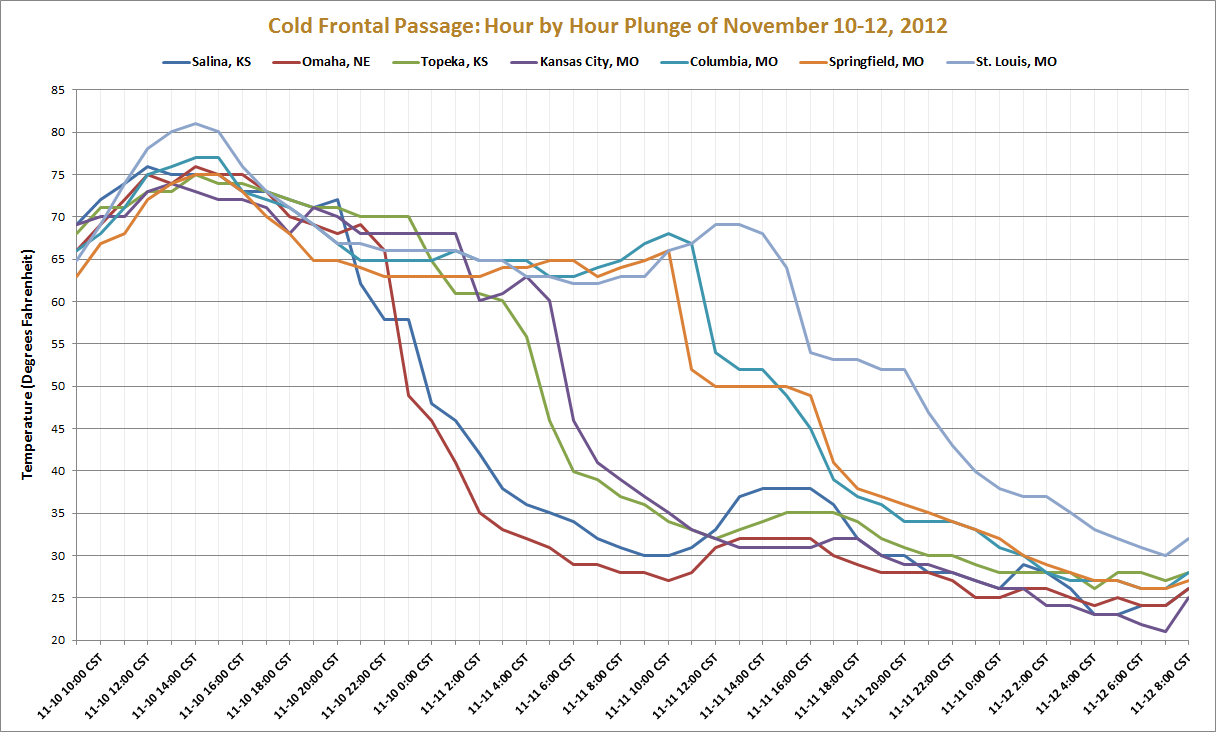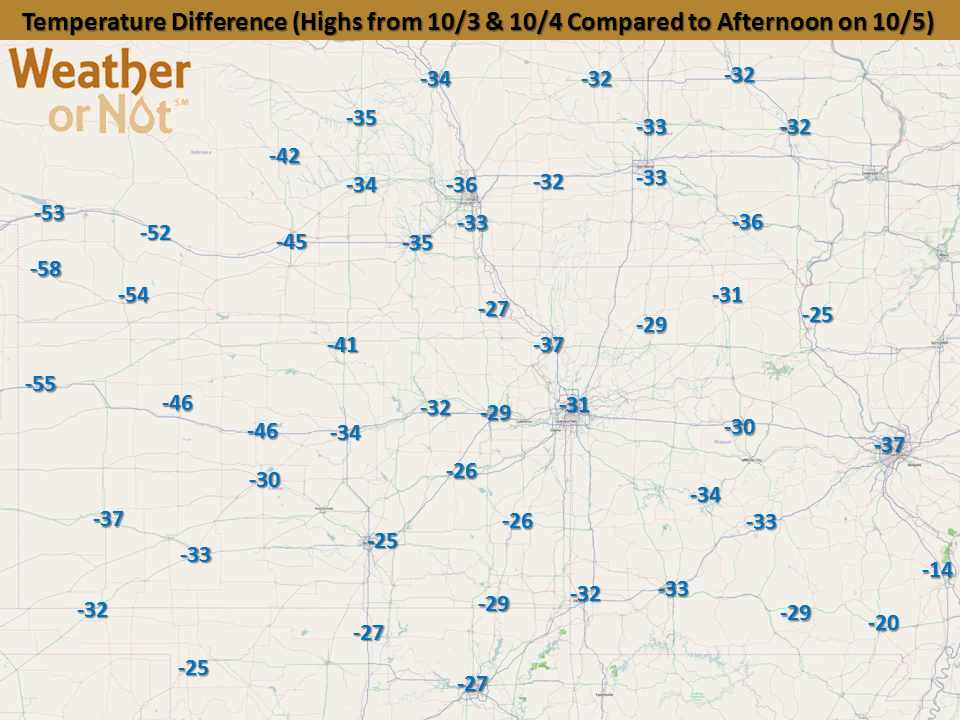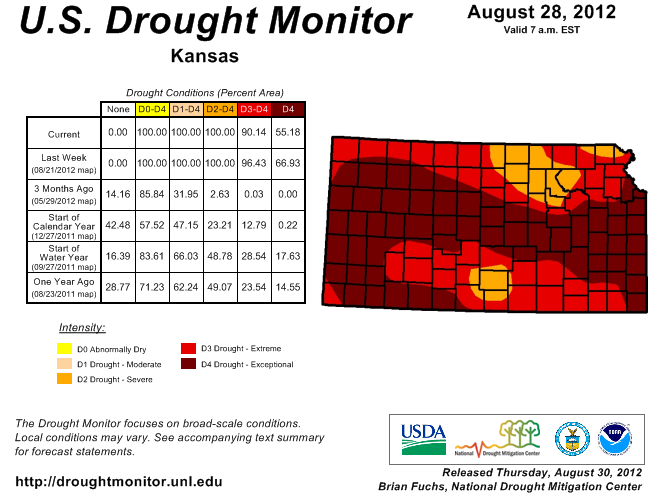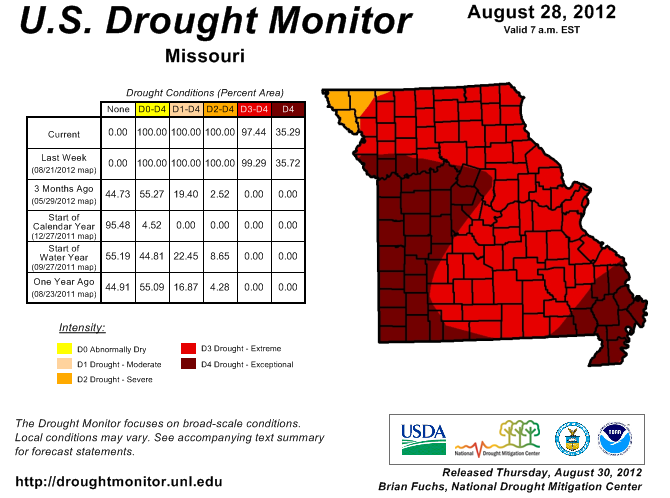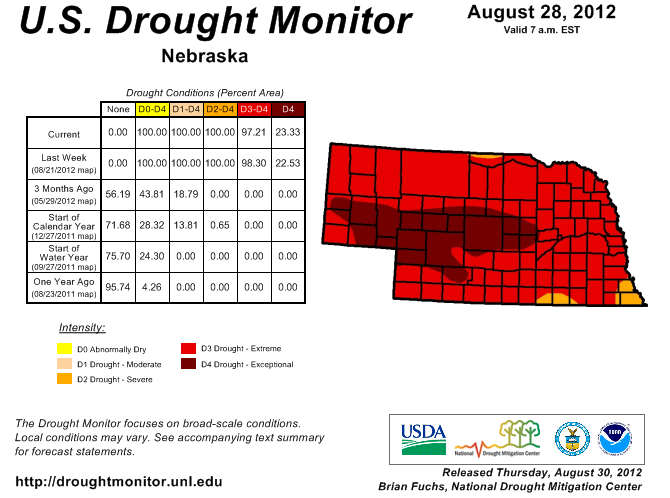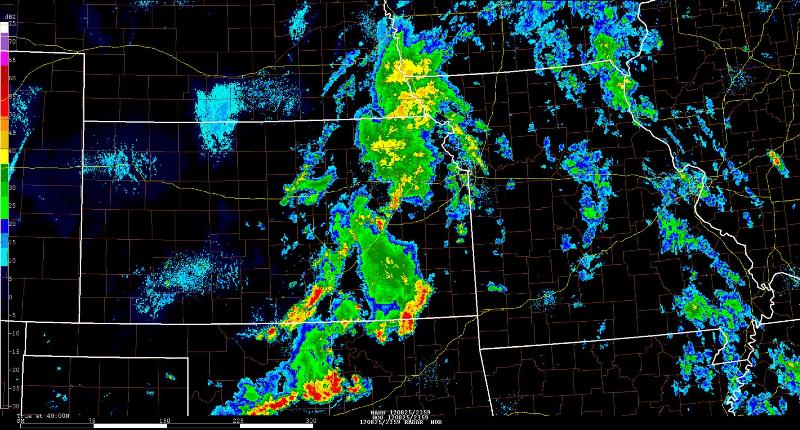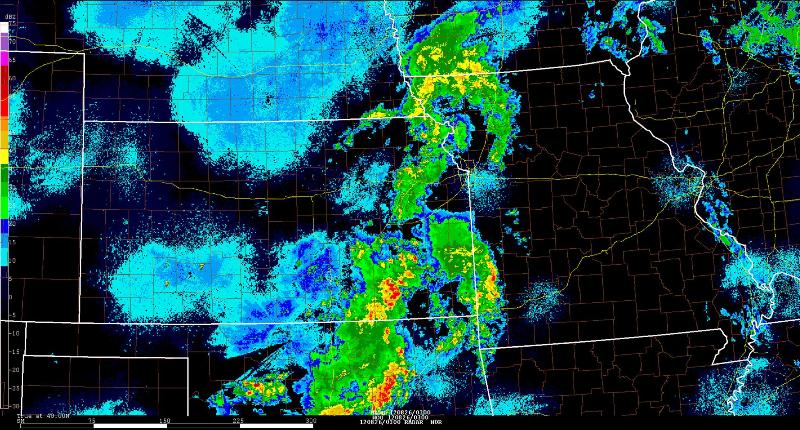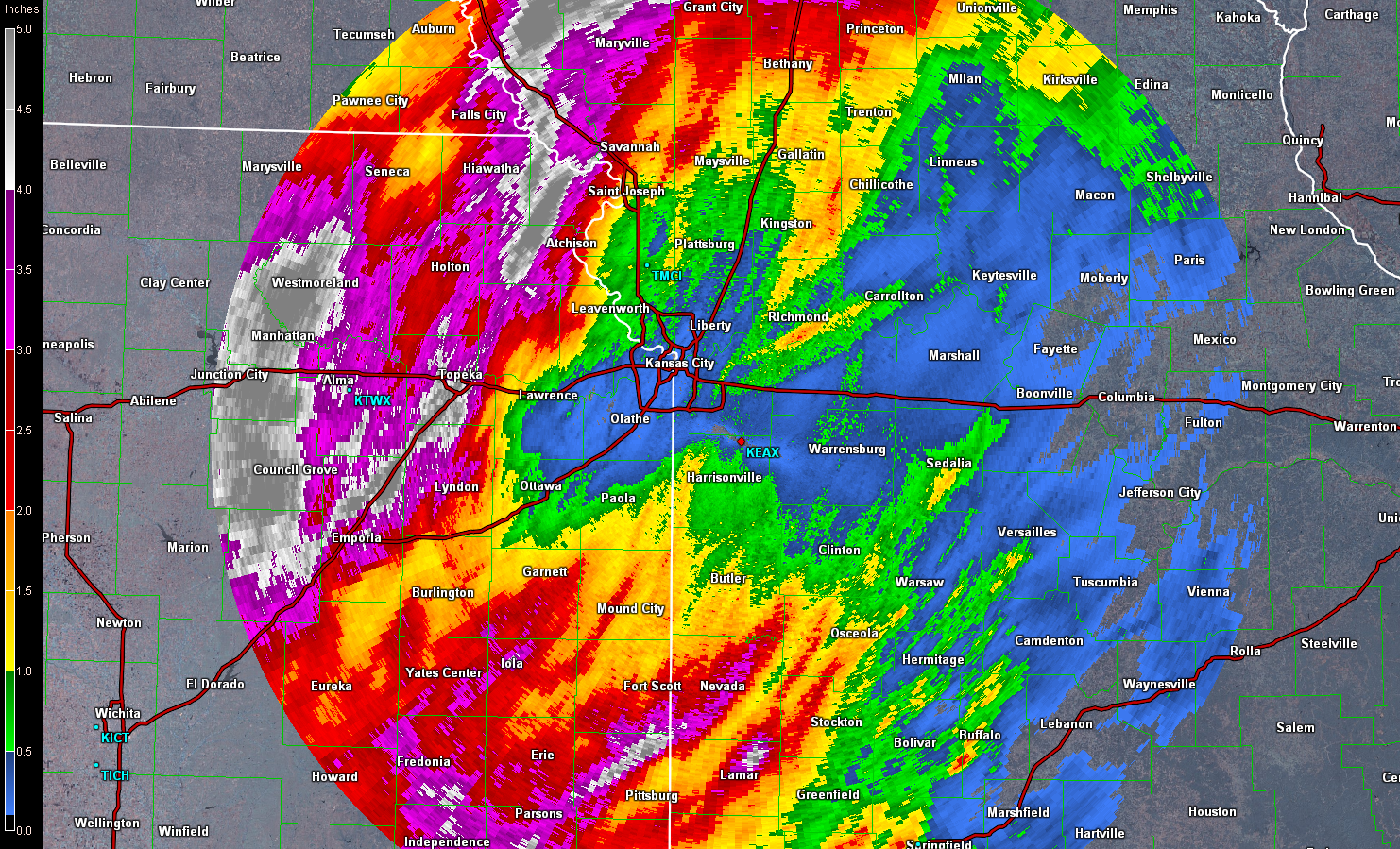September 17, 2012
Hot and dry. Just how hot and how dry was the meteorological summer (June-August) of 2012? Where does it rank? Take a look below to find out.
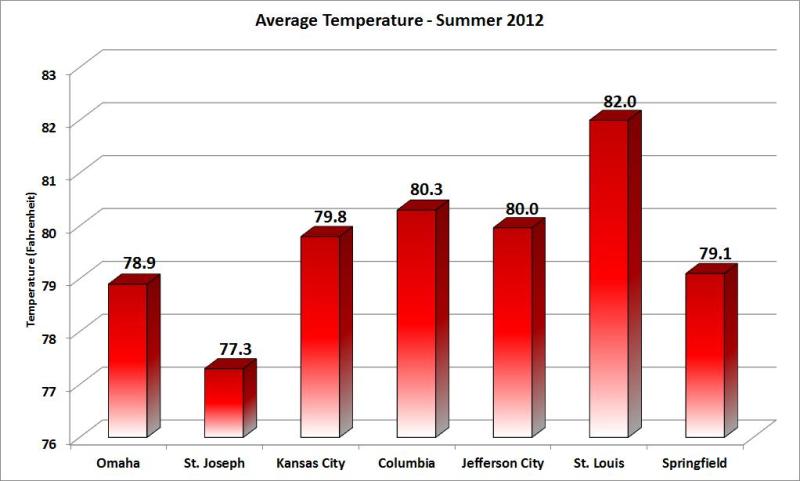
Average Temperature – Summer 2012
In Omaha, the average temperature of 78.9 degrees made it the 3rd warmest summer on record while 5.97″ of rain made it the 10th driest as well. This summer isn’t the only season that has been warm though, Omaha is currently having their warmest year to date and had the warmest March-August on record! Over the summer they set 6 daily maximum temperature records and 4 daily high minimum record (warmest low).
Kansas City had the 16th warmest summer on record with an average temperature of 79.8 degrees, which isn’t quite as warm that most would have anticipated. Ironically, the average high temperature of 92.6 degrees, ranks 5th warmest on record. Meanwhile, the average low temperature of 66.9 degrees ranks 75th warmest! You can see that the cool nights helped this summer to not reach the top 10 in terms of warmest average temperature. The 4.98 inches of precipitation this summer ranks it as the 6th driest on record. There were 3 daily maximum temperatures, 2 daily record minimum temperatures tied or broken.
For Columbia the average temperature this summer was 80.3 degrees which is 6th warmest on record, the average high temperature this summer was 93.6 degrees! This summer recorded 5.74 inches of precipitation in Columbia, which ranked as the 9th driest on record. Over the months of June, July and August Columbia had quite the heat wave, recording 27 consecutive days of 90 degrees or warmer (tied 2nd longest streak) and had 10 days of 100 degrees or warmer (6th longest streak). There were 6 daily maximum temperature records set, 1 record high minimum and 1 record daily rainfall.
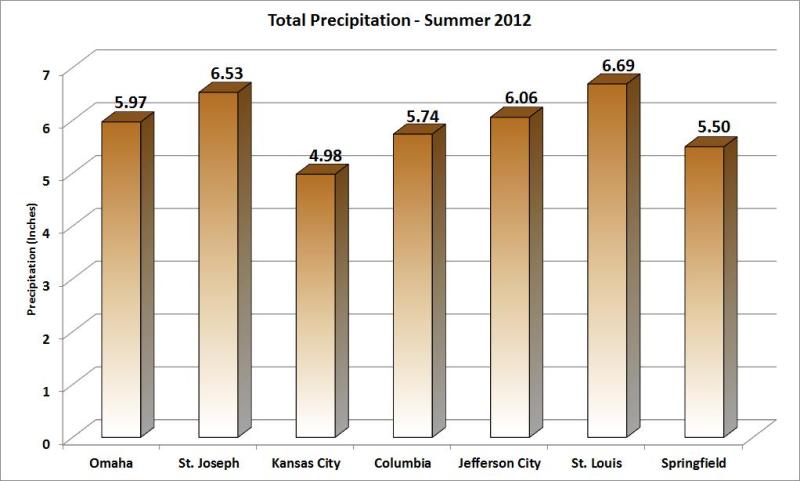
Precipitation – Summer 2012
St. Louis (Lambert International Airport) had its 4th warmest summer on record with an average temperature of 82 degrees. The average high temperature for the summer was 93.1 degrees, while the average low was 70.8 degrees. The 6.69 inches of precipitation this summer ranks as the 21st driest on record, with 1.48 inches coming on the final day of meteorological summer (August 31). Some of the notable records this summer included the most days with a high of 105 degrees or higher, 3rd most days with a temperature of a 100 degrees or higher and the most occurrences of a low temperature being 85 degrees or warmer. St. Louis had 11 record daily maximum temperatures, 7 record high minimum temperatures and 1 daily maximum rainfall.
Springfield had an average temperature of 79.1 degrees, putting this summer in a tie for 9th warmest on record. Springfield received 5.50 inches of rain this summer, 4.01 inches came in August alone after the driest July on record (0.32 inches). Over the course of the summer Springfield set 7 daily high temperature records and tied 6 more while also setting a record high temperature for the month of June at 101 degrees.
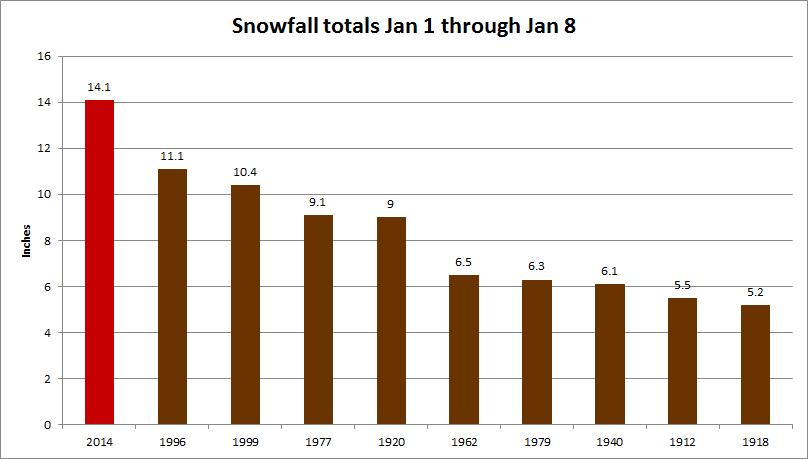
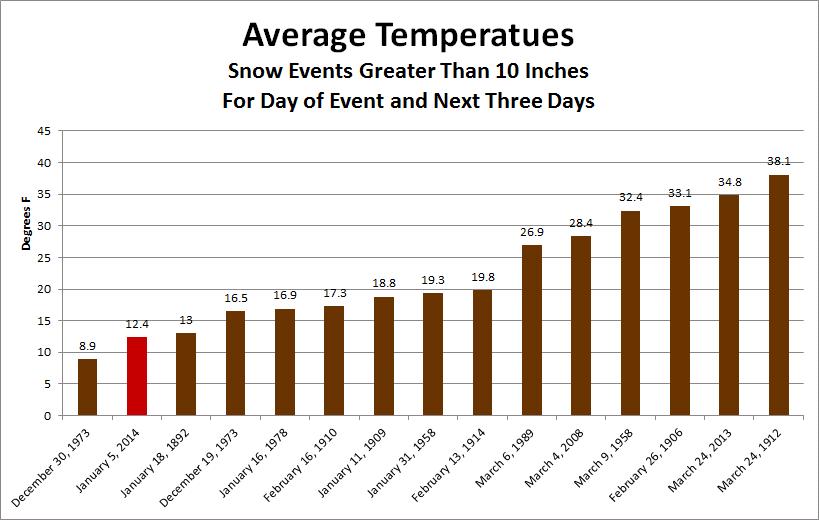





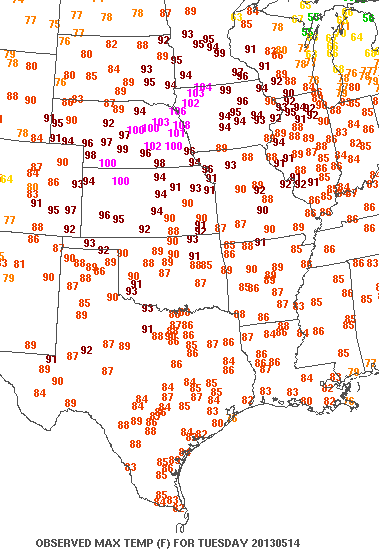
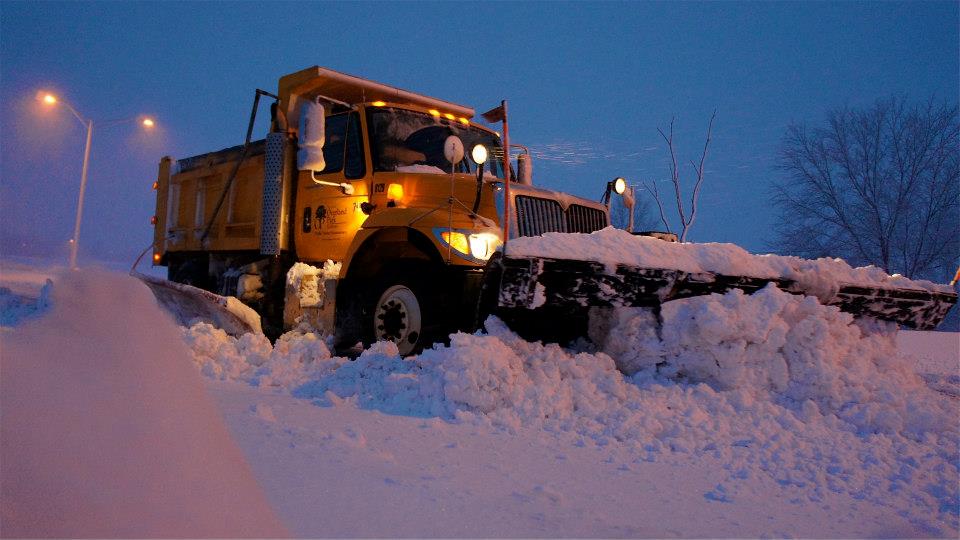 Kansas City has been walloped by back-to-back storms that brought the city to a standstill. Schools, colleges, businesses and entire shopping malls were closed in both events that occurred less than a week apart from each other. The 20.3″ between Thursday, February 21 and Wednesday, February 27 were the 2nd snowiest seven days in the Kansas City record books which date back to 1888.
Kansas City has been walloped by back-to-back storms that brought the city to a standstill. Schools, colleges, businesses and entire shopping malls were closed in both events that occurred less than a week apart from each other. The 20.3″ between Thursday, February 21 and Wednesday, February 27 were the 2nd snowiest seven days in the Kansas City record books which date back to 1888.